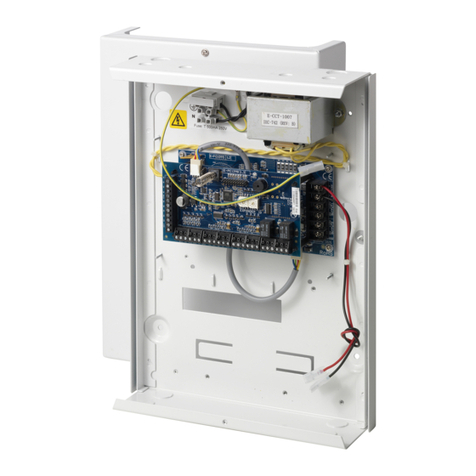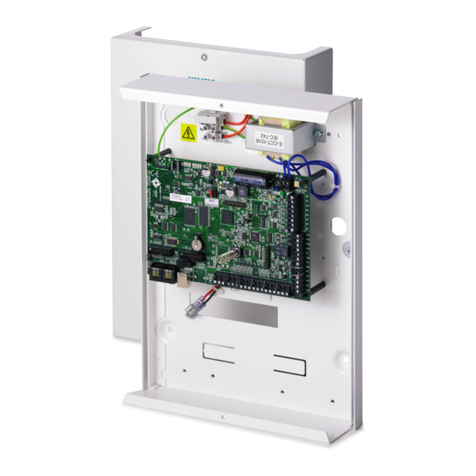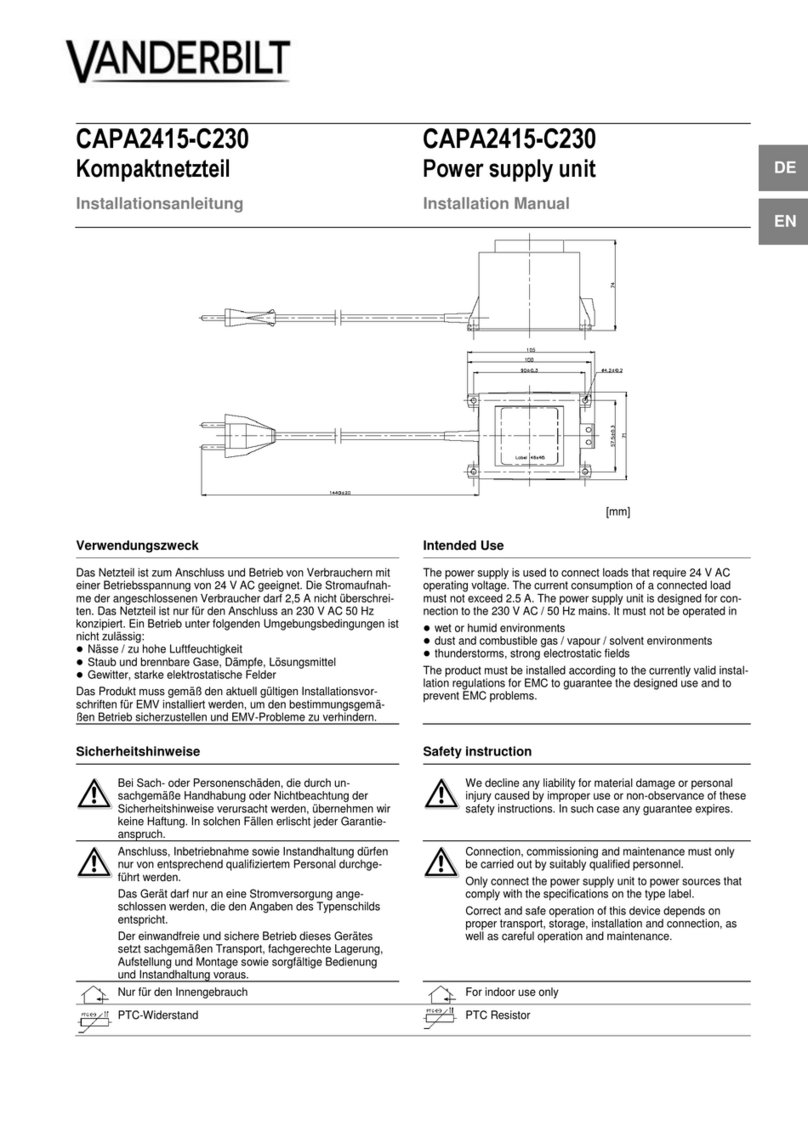
17.10.4 Configuring zones, doors and areas 269
17.10.5 Calendars 284
17.10.6 Change own PIN 287
17.10.7 Configuring advanced settings 287
17.11 Configuring Communications 295
17.11.1 Communications Settings 295
17.11.2 FlexC® 304
17.11.3 Reporting 323
17.11.4 PC Tools 335
17.12 File Operations 337
17.12.1 File Upgrade Operations 337
17.12.2 File Manager Operations 341
18 Accessing web server remotely 343
18.1 PSTN connection 343
18.2 GSM connection 345
19 Intruder alarm functionality 348
19.1 Financial mode operation 348
19.2 Commercial mode operation 348
19.3 Domestic mode operation 349
19.4 Full and local alarms 349
20 System examples and scenarios 351
20.1 When to use a common area 351
21 Seismic Sensors 353
21.1 Seismic Sensor Testing 354
21.1.1 Manual and Automatic Test Process 354
21.1.2 Automatically Testing Sensors 354
21.1.3 Manually Testing Sensors 355
22 Blocking Lock Operation 357
22.1 Blocking Lock 357
22.2 Authorized Setting of the Blocking Lock 358
22.3 Locking Element 359
23 Appendix 361
23.1 Network cable connections 361
23.2 Controller status LEDs 362
23.3 Powering expanders from the auxiliary power terminals 363
23.4 Calculating the battery power requirements 364
23.5 Domestic, Commercial and Financial mode default settings 366
23.6 Wiring of the X10 interface 367
23.7 SIA Codes 368
SPC4xxx/5xxx/6xxx – Installation & Configuration Manual Table of Contents
© Vanderbilt 2018 8 A6V10276959-d
11.2018

































